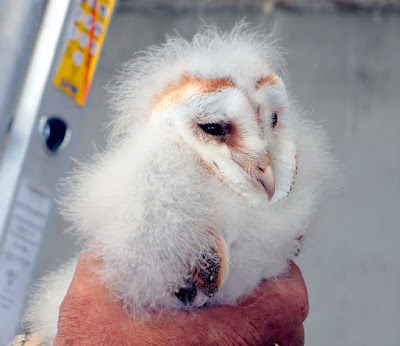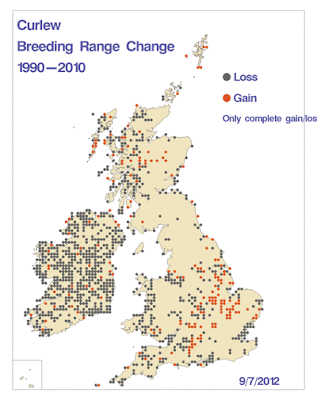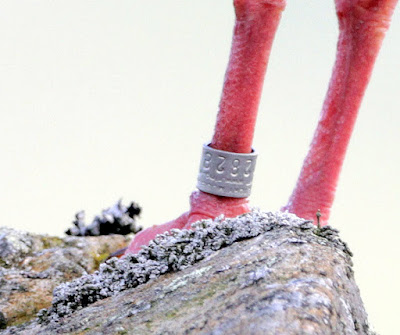Local birders are currently animated by the arrival in our area of a number of Common Quail Coturnix coturnix, late migrants from Southern Europe and Africa.
With streaked and barred brown feathers and a prominent white eye-stripe, a Common Quail is distinctive in appearance, but their small and stocky build gives little hint to the impressive flying feats and migrations the species is capable of. These birds habitually avoid flying. If disturbed, they prefer to either run away or ‘freeze’, hoping to go unnoticed.
Common Quail - via Wiki Creative Commons
However, this changes in spectacular fashion when, using their disproportionately long and powerful wings, they take to the skies to migrate between their breeding grounds in Northern Europe and wintering grounds in the Sahel belt of sub-Saharan Africa.
During early May we glimpsed a number of Quail in Menorca where the species is quite common, very vocal and occasionally seen quite well. More often than not it was the celebrated and highly distinctive call that drew our attention to a bird in a nearby crop. At Tirant one day we were so close to a loudly singing bird, a foot or two away only, that we heard first the lesser known “growl” that precedes the actual "wet my lips" song. This part of the quail’s repertoire sounds rather similar to a small dog; we likened it to the sound of a Jack Russell or Border Terrier.
The small, shy Common Quail prefers to stay hidden amongst the grasses and tall crops of farmland as it forages with its long, sharp claws for insects and seeds. Unless birdwatchers rise early when quail are much more active in the hour after dawn, they have little or no chance of actually seeing a quail but will almost certainly find themselves continually frustrated by the species’ habit of creeping unseen through the dense crop.
Rarely if ever does a quail show itself to a human being; stand by for a familiar tale. When Common Quails do encounter humans it is often at their peril.
It seems that not all Common Quails migrate - the tendency to do so is determined genetically. Within a population, some individuals perform long migrations, some may only migrate to the southern Mediterranean, and others, referred to as sedentary birds, will not migrate at all. The proportion of quails that migrate is actually declining and there are two suggestions as to why.
Firstly, conditions in wintering grounds have become poor because of recurring droughts since the 1970s, making individuals that migrate only a short distance or not at all, more likely to survive. The second theory is that by introducing non-migratory Japanese Quail
Coturnix japonica into populations to replenish game stock for shooting, the gene pool is flooded with sedentary genes.
Yet, for those that do migrate, the characteristic which makes them so impressive is also their downfall. While making the trip, their attempt to live a life free from human interaction is compromised as they are highly vulnerable to trapping and shooting. The efforts of those that take the Eastern route are all too often wasted after completing their epic flight across the Mediterranean. Having journeyed across the sea they fly low, heading for a place to rest but instead find themselves shot in huge numbers in France, Spain or Malta, or caught up in vast nets, particularly in Egypt and Libya.
Common Quail in Egypt/Libya
Common Quail - Malta
The illegal killing of Common Quail will provoke debate. With very large population numbers and an IUCN Red List rating of Least Concern, Common Quail are not considered to be at risk of being hunted to extinction. Historically, they have been an important food source to Egyptians and the consumption of their meat, though limited by quotas, is legal. (In the UK the Common Quail is not a quarry species and is additionally protected as a Schedule One species).
However, with advances in hunting methods over the last century, the odds have become increasingly stacked against quail. The placement of electronic devices under nets which play recordings of quail song lures greater numbers towards the traps. Additionally, lack of policing means that regulations on net size, spacing and time of year are ignored – including hunting during spring, which is illegal. This, along with the poor enforcement of catch restrictions, means quail trapping is now taking place on an unsustainable, commercial scale.
It’s not just the quails that get caught in the nets. The nets are indiscriminate meaning the demand for quails is putting other birds (including protected or Endangered species) in at risk. The trapped quails often entice predatory birds such as Merlin, Eurasian Sparrowhawk and Common Kestrels towards what looks like an easy meal. They then become ensnared and meet the same fate as their prey.
Yes, it’s good to hear, and even better to see a Common Quail, but the bigger picture deserves attention too.
Linking today to
Stewart's World Bird Wednesday.

































































.jpg)












